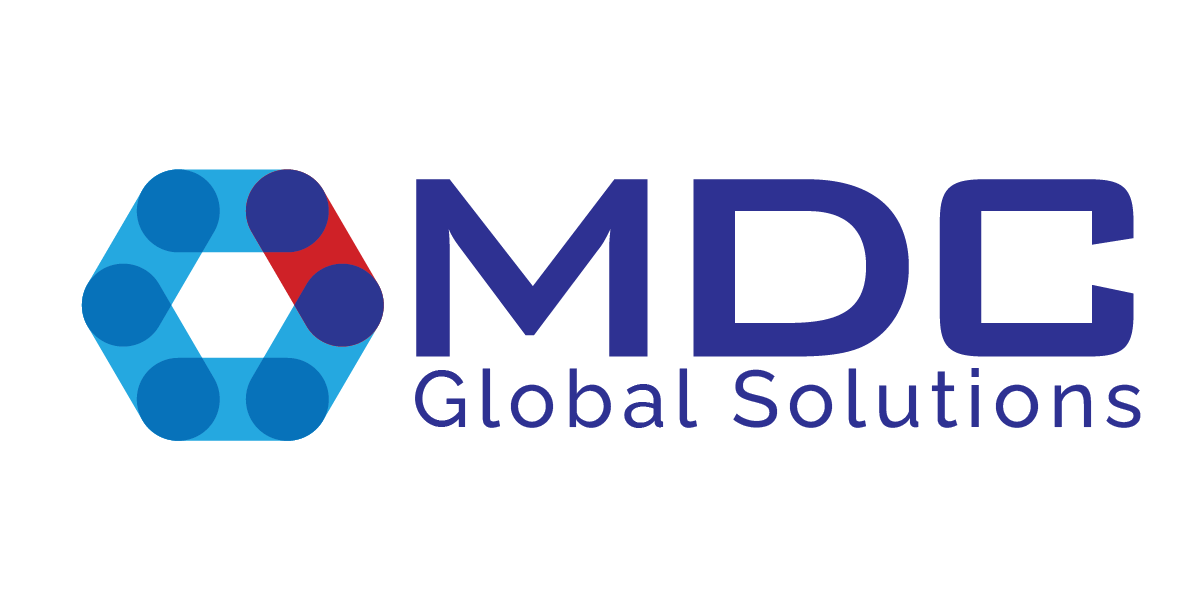Robotic Process Automation—RPA—is more than just another buzzword. The advantages of automating repetitive tasks quickly add up: less time and effort needed to deal with low value, mundane processes; less places where human error can be injected (or compounded); and the ability to scale up for surges, such as during the IRS’ peak season, are just some of the benefits of RPA. RPA frees up higher-value resources—your people—to do higher level thinking and analysis.
Still, some people ask, “But I’ve been using software automation for years, so what’s the big deal about RPA?” The difference is that, while proprietary systems may have automation built-in, it’s only useful for that one application. RPA tools allow you to automate processes and tasks across multiple datastreams and systems, which not only connect workflows that jump from application to application, but can also generate visualizations and dashboards to support analysis of the outcomes.
The government has been advocating RPA for the past few years. In fact, the GSA has an ambitious goal in mind: it aims to help civilian agencies free up nearly $1 billion worth of productive time by implementing the technology.
In our former CFO roles within the Military Health System, we saw first-hand the upside of RPA. Here’s an example: at the beginning of every month, we needed to generate a month-end report for the previous month. The report was mandatory, and told us how much we were spending, how much time was used for different functions, and what was the productivity for the month, among other metrics. But the process never changed; we were adding another month’s worth of data updated by the hospital’s cost center from multiple sources, which required considerable manual effort. To have a person do this took a valuable resource away from doing the necessary analysis of the data. Using an RPA application, we had the ability to access disparate systems, applications and workflows to get accurate numbers the second we needed them.
Asserting the Human Factor
Of course, RPA isn’t always the answer for every situation. Anything that deals with subjective thought processes or requires individual, critical thinking are areas that require a human to investigate and assess. It’s still up to people to ensure that the results of analysis capture all of the correct information; RPA software can only deal with raw data, so it may gloss over details that a human analyst could use for insight and control.
Put another way, RPA bots understand rules; people understand relevance and context. In this way, RPA tools differ from artificial intelligence, which can analyze results and be configured to take next steps without intervention.
Even so, having RPA bots that operate 24/7 means that the results are available much faster than if people need to capture, correlate and report on the data. These benefits inevitably lead to concerns about the impact of RPA, as well as an opportunity.
RPA’s Risks and Rewards
While RPA may be an alternative to hiring more people to perform repetitive tasks, it also gives agency leaders a springboard to realign their skilled workforce. Reskilling and hiring into higher level analyst positions provides exceptional career paths within agencies; there will be more need to prepare and recruit people to understand and make use of the reports generated by your automation solution, since the volume of reports may grow exponentially.
This has a further ripple effect. Since government agencies are competing with the private sector for talent, creating job categories that call for higher-level thinking, creativity and initiative can provide an appealing environment for recruits.
How to Be Successful with RPA
The idea of an always-available capability that reduces tedium while generating necessary outputs may lead some agency leaders to want to jump into RPA sooner rather than later. That’s a good thing, in many cases, but success requires a strategy that goes beyond buying and integrating new application software.
- It’s critical to first identify processes that are best suited to be automated. Conduct a high-level assessment of the potential process candidates and assess the resulting efficiencies and cost-savings opportunities to confirm whether RPA is a good fit.
- This is also the time to get leadership buy-in, to ensure you have the support you need throughout the process. Also, bring together a project team from multiple disciplines within the agency, to make sure you’re addressing both the desired outcomes and any concerns from stakeholders.
- Next, create a project management and detailed implementation plan. Understanding and scheduling every step of the process can help identify interactions between systems that may lead to unintended consequences. The more you can address these up front, the more likely you can avoid disruptions. Pre-launch testing—and re-testing—to identify roadblocks and issues is crucial to the success of the final implementation.
- The launch phase is more than simply flipping a switch. Your strategy should include the governance, operating model, organizational structure, and change management plans for your RPA solution. This is crucial: since processes are changing, it’s essential that everyone impacted has a clear understanding of what’s different and why. Training on the new processes should occur early on; in fact, pre-launch preparation is known to help ease the transition. And ongoing communications and training can get everyone in the organization onboard and keep them productive.
Measuring success is also an essential part of any transformation. To ensure that the RPA project delivers a positive ROI, focus on the value delivered at every step of the process—for example, can we decrease time to results by running a bot 24/7 at 99% accuracy? Setting proper expectations, goals, and detailed strategies for implementation as a project team helps everyone feel ownership of the outcome. Some typical KPIs that can be measured include cycle time, throughput, accuracy, increases in compliance, and process outcomes. You can even consider measuring the impact on workforce retention and engagement.
Partnering for RPA Success
The value of an industry partner cannot be understated. To ensure your automation project succeeds, there’s more to it than just selecting the right technology. A partner that understands the impact of policies across financial and clinical operations is essential. So is a partner that is steeped in the culture of your organization and can deliver insights based on direct experience to improve processes and workflows.
You also want a partner with expertise in transformation, to ensure that the nuances of change translate into the value you desire. MDC’s long experience in all of these areas gives us the ability to understand your goals and the opportunities to transform your workflows, creating the potential for greater efficiencies and measurable ROI, while empowering people to excel.
To learn how we can help you achieve greater results with robotic process automation, contact us today.




